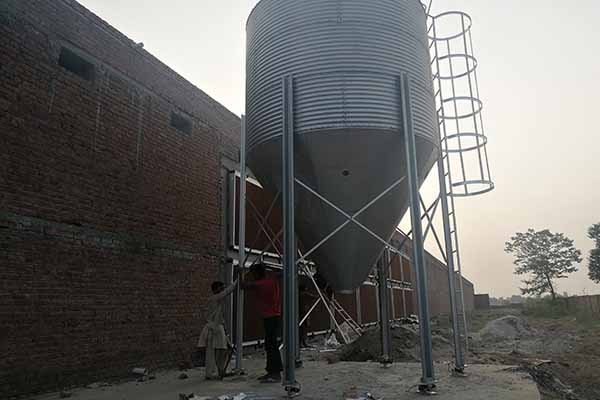Optimizing Your 200,000 Chicks Poultry House Design in Uganda: Key Considerations
Introduction
In the bustling poultry industry of Uganda, ensuring the optimal design of a poultry house for 200,000 chicks is crucial for efficient and profitable operation. This article outlines essential considerations for poultry house design, with a focus on factors that impact chick health, growth, and overall farm productivity.
Designing for Health and Comfort
Proper ventilation is key to maintaining air quality in a poultry house. It is recommended to have a ventilation system that can handle the exhaust of 200,000 chicks, ensuring a constant supply of fresh air and removal of ammonia and other harmful gases.
- Airflow rates of 1 to 1.5 cubic meters per chick per hour are typical.
- Use natural ventilation through louvers and wind-driven systems, combined with mechanical ventilation for control during calm periods.
- Include air inlet and exhaust fans strategically to ensure even distribution of air.
Structural Integrity and Climate Control
The structure of the poultry house should be designed to withstand the local climate, including heavy rains, high temperatures, and potential flooding. Additionally, climate control is essential for chick growth and comfort.
- Build the house with sturdy materials that can endure the environmental conditions.
- Consider the use of thermal insulation to retain heat during cold seasons.
- Implement an automated climate control system to manage temperature and humidity levels.
Space Utilization and Flock Management
An efficient design maximizes the use of space while ensuring each chick has enough room to grow without overcrowding.
- Calculate the square footage required per chick and design the floor plan accordingly.
- Incorporate perches, feeders, and waterers that are easy to access and maintain.
- Implement an automated system for monitoring flock health and managing feeding schedules.
Cost-Benefit Analysis
Investing in a well-designed poultry house can lead to significant long-term savings through improved productivity and reduced healthcare costs.
| Cost Component | Estimate |
|---|---|
| Building Material Costs | $X,XXX |
| Installation and Equipment Costs | $Y,XXX |
| Operational Savings (Yearly) | $Z,XXX |
Conclusion
Designing a poultry house for 200,000 chicks in Uganda requires careful planning and consideration of various factors. By focusing on health, comfort, structural integrity, and efficient management, you can create an environment conducive to chick growth and farm profitability.
For more detailed information and to receive a free, tailored poultry house design and equipment quotation from Livi Mechanical, please leave a comment or contact us directly. Let’s elevate your poultry farming business in Uganda together!





